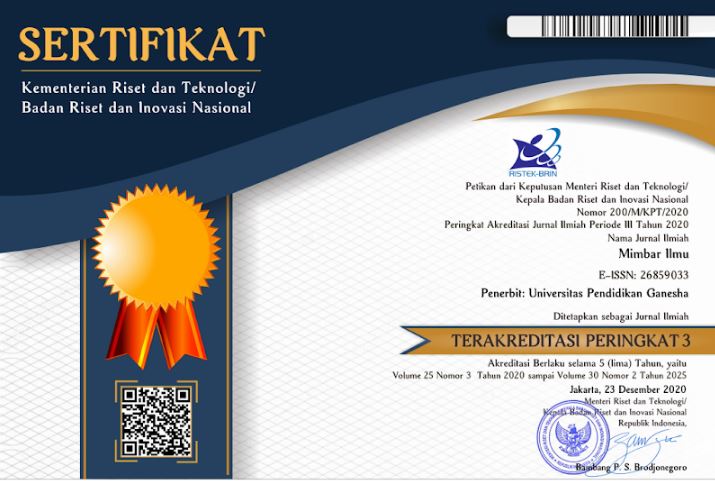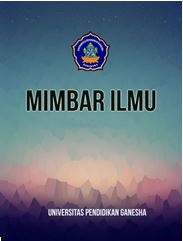Smart Interaction: Sports Communication as the Key to Success in Physical Education in Elementary Schools
DOI:
https://doi.org/10.23887/mi.v29i2.83615Kata Kunci:
Sports Communication, Physical education, Elementary school, Communication Engineering, Student EngagementAbstrak
The increasing diversity of student needs and learning styles in physical education necessitates the exploration of effective sports communication techniques to enhance student engagement and learning outcomes in elementary schools. This research aims to explore and implement holistic and adaptive sports communication techniques in physical education and evaluate their impact on student engagement and achievement. A case study method was chosen to gain in-depth insights into communication practices. This study involved direct observations, semi-structured interviews with 5 physical education teachers and 30 students, as well as document analysis. The subjects of the research included physical education teachers and students, employing a qualitative thematic analysis approach to identify key patterns and themes. The findings indicate that the communication techniques applied by teachers play a crucial role in the effectiveness of learning, where traditional methods often limit interactions to one-way communication. In contrast, digital communication techniques enhance flexibility and interactivity. This research underscores the need for adaptive and inclusive communication strategies, along with teacher training, which is expected to improve the quality of physical education and create a more effective learning environment for all students.
Diterbitkan
Cara Mengutip
Terbitan
Bagian
Lisensi
Hak Cipta (c) 2024 Zulham Zulham, Pulung Riyanto, Aan Wasan

Artikel ini berlisensiCreative Commons Attribution-ShareAlike 4.0 International License.
This work is licensed under a Creative Commons Attribution-ShareAlike 4.0 International License.
Authors who publish with this journal agree to the following terms:
- Authors retain copyright and grant the journal right of first publication with the work simultaneously licensed under a Creative Commons Attribution License that allows others to share the work with an acknowledgment of the work's authorship and initial publication in this journal.
- Authors are able to enter into separate, additional contractual arrangements for the non-exclusive distribution of the journal's published version of the work (e.g., post it to an institutional repository or publish it in a book), with an acknowledgment of its initial publication in this journal.
- Authors are permitted and encouraged to post their work online (e.g., in institutional repositories or on their website) prior to and during the submission process, as it can lead to productive exchanges, as well as earlier and greater citation of published work.








